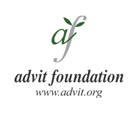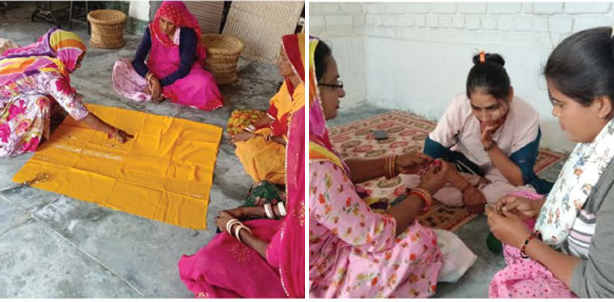Livelihood Enhancement
The programme undertakes projects to introduce new skills and
upgrade existing ones to promote entrepreneurship in the community.
These are both farm based and off farm skill trainings.

The programme undertakes projects to introduce new skills and
upgrade existing ones to promote entrepreneurship in the community.
These are both farm based and off farm skill trainings.

To harness the success of community-led water conservation by empowering rural women through vocational training, establishing a training and production infrastructure, and facilitating market access-thereby transforming water-secure villages into vibrant centers of economic opportunity, women's empowerment, and inclusive rural development.

Water conservation & skill up-gradation entrepreneurship-based training for rural communities in Hassan district, Karnataka & Anantapur district, Andhra Pradesh, with a special focus on women empowerment.

The programme focussed on addressing the educational, cultural, and personal needs of children and young people from rural communities. The programme's central strategy is fostering peer involvement.

Post floods in 2018 in Kerala, through this initiative more than 50 handlooms were revived impacting livelihood of the weaver community in Paravur, Ernakulam district. A major catastrophe was the destruction of the five handloom societies in the Chendamangalam - Paravur area. The region was under water for three-four days and the sheds, looms, huge stock of raw materials like threads and clothes were damaged.

This project intervention aims to educate and generate know-how among the weaver community by creating community-based livelihood enhancement initiatives for long term sustainability of health and work environment.

Advit Foundation’s demonstration and capacity building centre, Aarohan, at village Pachala in Phagi block is a platform to promote rural entrepreneurship and enhance livelihood. This project set up a training programme on paper bag making at this centre, with support from Pernod Ricard India. Women and youth are trained to make handmade paper bags

The initiative is with specific focus on women who largely stay home and are mostly involved in farm based activities. In India alone, 65% of the agricultural workforce is women. Such technology for backyards helps empower them since limited land rights, lack of access to financial resources, lack of training and technology and limited access to political decision-making domains often prevent them from playing an active role towards family's financial contribution and being financially independent.

The intervention of Jal Jeevan Project for water conservation and village development mobilized mor than a hundred rual community members. These incluid women and farms to set up a model for rain